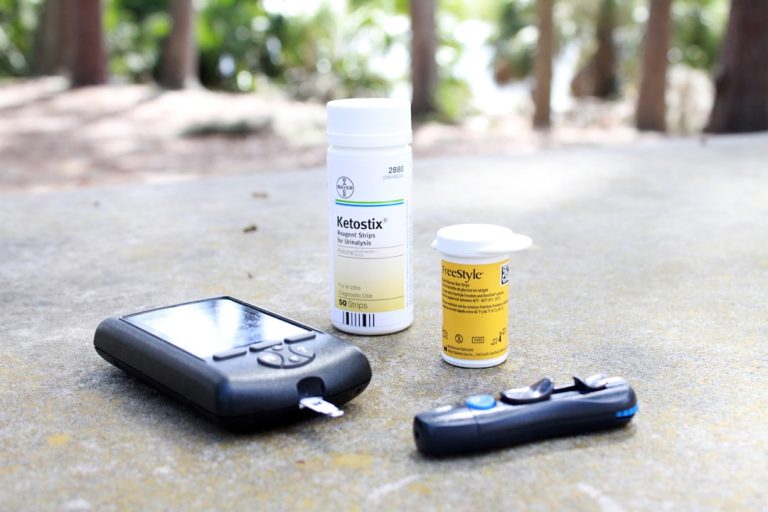How can businesses ensure secure remote access for IoT devices?
In today’s hyper-connected world, businesses increasingly rely on the Internet of Things (IoT) to streamline operations, monitor systems, and enhance service delivery. As a result, ensuring secure remote access to IoT devices has become a top priority. With the growing sophistication of cyber threats, companies must take strategic, multilayered approaches to protect their connected assets.
Securing remote IoT access is not only about setting up passwords or firewalls—it requires a combination of best practices, modern technologies, and continuous vigilance. Misconfigured or poorly secured IoT endpoints can serve as entry points for attackers, leading to data breaches, device hijacking, or worse.
1. Implement Strong Authentication Mechanisms
One of the most critical steps in securing IoT devices is enforcing strong authentication protocols. Simple username and password combinations are insufficient in today’s threat environment.
- Multi-Factor Authentication (MFA): Ensures that access requires more than just a password. Combining something you know (password), something you have (a device or token), and something you are (biometrics) offers superior protection.
- Certificate-Based Authentication: Devices can be registered through digital certificates that validate their identity during communication with authorized services.
By establishing trusted identities for users and devices, businesses can prevent unauthorized access and mitigate potential attacks.
[ai-img]authentication, biometrics, security badge[/ai-img]
2. Use Secure Communication Protocols
IoT devices often transmit sensitive data over the internet or private networks. To secure these communications, businesses must rely on proven, encrypted protocols.
- Transport Layer Security (TLS): Ensures that data transmitted between remote users and devices stays encrypted and private.
- Virtual Private Networks (VPNs): Provide a secure tunnel for remote access. VPNs can encrypt all data traffic, even over public networks.
- Zero Trust Networks: Treat all network traffic as untrusted and verify every connection before granting access.
Adopting these technologies is crucial to protecting IT and operational technology (OT) infrastructure against eavesdropping and man-in-the-middle attacks.
3. Apply Network Segmentation
IoT devices should not exist on the same network layer as critical business systems. Network segmentation helps isolate devices, limiting attackers’ ability to move laterally if they gain access to one part of the network.
Best practices include:
- Creating Virtual LANs (VLANs) specifically for IoT devices.
- Using firewalls and access control lists to restrict traffic to and from IoT networks.
- Monitoring internal traffic to detect unusual behaviors.
4. Stay on Top of Firmware and Software Updates
Many successful cyberattacks exploit known vulnerabilities in older versions of device firmware. Keeping IoT devices up to date is essential for plugging security holes and ensuring compatibility with evolving threat defenses.
Businesses should focus on:
- Automated patch management systems for seamless updates.
- Monitoring vendor advisories for security alerts.
- Removing or replacing unsupported device models.
Regular updates reduce risk and demonstrate a commitment to responsible security hygiene.
[ai-img]iot maintenance, software update, system repair[/ai-img]
5. Monitor and Audit Device Access
Visibility is a cornerstone of effective security. Organizations need the ability to monitor access logs, review device activity, and detect unauthorized behavior early.
Key tools include:
- Security Information and Event Management (SIEM): Centralizes logs and enables real-time threat analysis.
- Intrusion Detection Systems (IDS): Alerts to suspicious activity or breaches.
- Access control logs: Tracks who is connecting to which devices and when.
Consistent auditing ensures that security policies are enforced and adapted based on emerging threats.
6. Develop a Robust Remote Access Policy
A well-documented policy defines the rules and expectations for remote access to IoT devices. These policies should be reviewed and updated regularly as technologies and risks evolve.
Components of an effective policy:
- Role-based access controls limiting privileges.
- Defined procedures for onboarding and offboarding users.
- Incident response plans outlining steps following a breach.
Senior management should ensure that employees and third-party service providers are trained and aware of these protocols.
Conclusion
The interconnected nature of IoT makes security a shared responsibility across IT, OT, and executive teams. By adopting multi-layered security strategies, such as authentication, encryption, segmentation, and monitoring, businesses can provide secure remote access to IoT devices—even in a dynamic and hostile digital landscape.
The cost of inaction can be significant. Investing in robust remote access solutions helps safeguard not only data, but also business operations, reputation, and customer trust.






